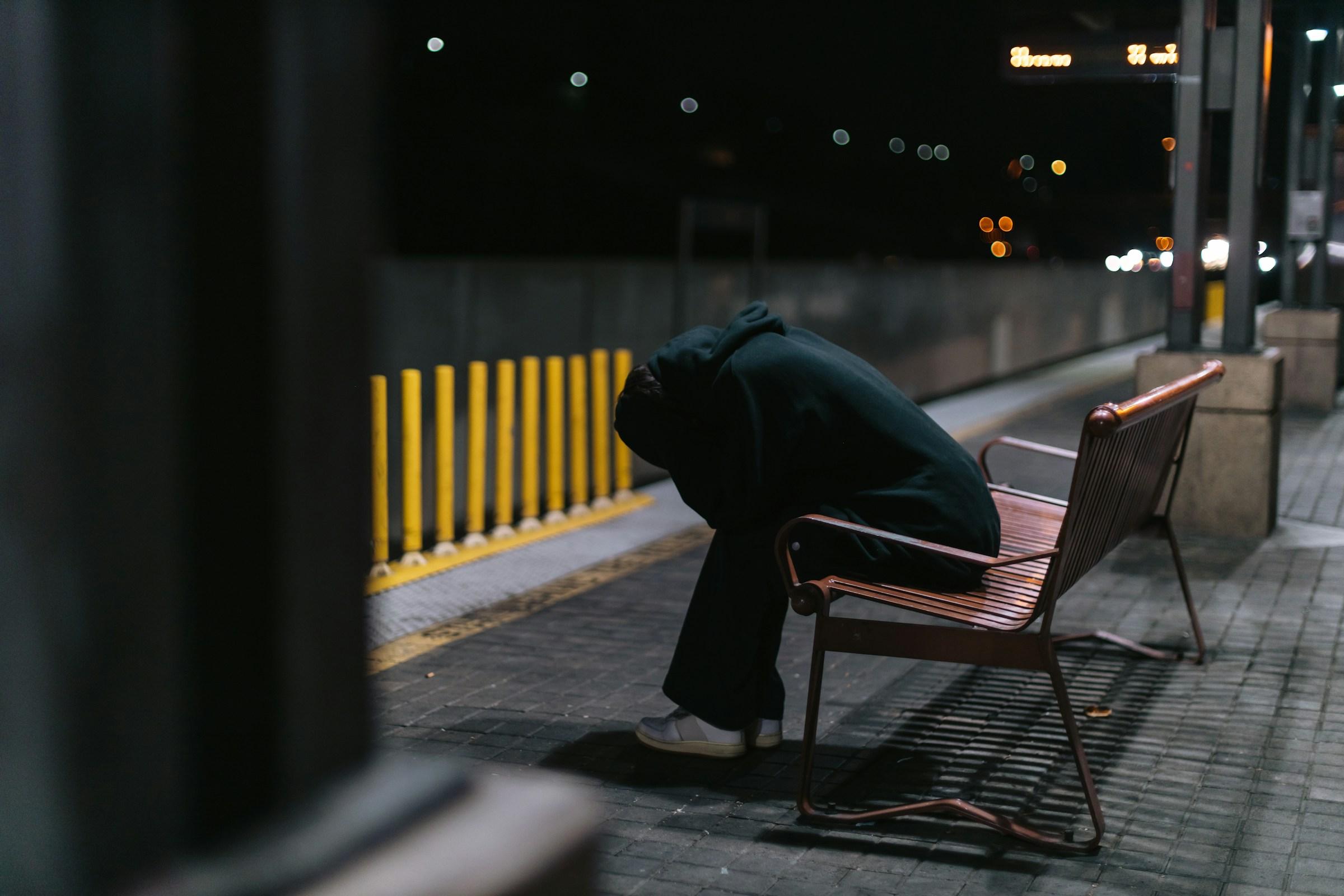Walking is the rare habit that fits inside the mess of ordinary life. It asks for no membership card, no elaborate timetable, and no complicated gear. It asks only that you show up. The secret is not to chase heroic step counts or sudden streaks of enthusiasm. The real game is reliability. If you can show up on your worst day, the good days will take care of themselves. An effective walking habit grows from a simple design that removes friction and turns the act of starting into something that feels almost automatic.
Every steady habit rests on a quiet sequence. Something cues you to begin, you perform a small and clearly defined action, and you close with a satisfying reward. Instead of leaving this to chance, you can design each part on purpose. Pick a dependable cue that already occurs in your day, such as rinsing your breakfast mug, ending your last call, or dropping your bag when you reach home. Tie the action to an easy default that never asks you to renegotiate. Commit to a short minimum duration that you can perform even when life feels heavy, ten minutes being enough to keep the pattern alive. Decide on a clean finish signal that tells your brain the job is done. A glass of water, a shower, a tick on your calendar, or a playlist you reserve only for walks can all serve as anchors. When you set these pieces in place once, you save yourself from debating them in the moment, which is where most habits go to die.
The first two weeks matter because they carve the groove your mind will follow later. Think of them as a quiet ramp rather than a test of willpower. In the earliest days, your only job is to install the cue and rehearse the start. Put your shoes and socks by the door, place your keys inside the shoes, and take a ten minute loop even if you feel silly. You are training the open of the routine, not testing your fitness. As the days pass, standardize a default route that you can follow without thinking. An out and back loop works well because it removes decision points. Add your finish ritual and repeat the same window of time so that your body begins to expect movement without negotiation. During the second week, allow a little more time on a few days, but keep the small version available for chaotic days. By the end of fourteen days the cue will do most of the heavy lifting, and you will feel pulled into the first few steps.
Once the base exists, small layers make it satisfying without turning it into a project. Keep a tiny kit ready so that you never search for items when you should be moving. Shoes by the door, socks inside the shoes, a cap on the same hook, and earbuds charged in the same bowl. If sound helps you settle, create one playlist that you use only during walks. Over time it becomes a signal that movement has begun. Protect your lower legs with a brief warmup while you stand at the door. A few ankle circles and slow calf raises are enough to prime the tissues and reduce the risk of niggles. Save three routes that you name in plain language, Short, Standard, and Long, so that choice is quick. If you enjoy company, invite a friend or partner for one walk each week, but keep the rest simple so that you retain control of your schedule. Add these layers slowly, no more than one per week, so that each addition reduces friction rather than creating complexity.
When a walk fails to happen, resist the urge to judge your motivation. A habit that fails is usually a system that needs a small fix. If mornings are chaotic, move the window to lunch or pre dinner and protect it with a recurring calendar block. If your feet complain after a few days, shrink the routes for a short period, add the micro warmup, and explore softer surfaces such as a park loop. If rain arrives for a week, shift to covered walkways, shopping arcades, or stairwells while you keep the same time and same finish ritual. If travel breaks your rhythm, design a travel cue ahead of time, such as the first coffee in the hotel lobby or ten minutes after check in, and take a modest loop that satisfies the identity of the habit. If family duties absorb the hour after work, slide the walk earlier or pair it with an errand such as a grocery run with a backpack. Boredom has its own solution. Give your walks a learning stack and reserve a single podcast series, audiobook, or language audio for movement only. The content then becomes a reward that draws you outside.
Technique and safety can stay simple. Walk tall, let the arms swing naturally, keep steps short with a light cadence, and stay near a pace where you can hold a conversation. Those who watch numbers can track minutes walked rather than steps to avoid turning the habit into a score that nags you. If you want to progress, make the change mechanical rather than heroic. Add five minutes to a weekend long walk every couple of weeks until you reach about seventy five minutes and hold there. On two weekdays, sprinkle in a few brief brisk surges with easy walking between, keeping posture relaxed. Do not add intensity if life is already demanding. Reliability beats strain when the goal is a pattern that lasts.
Three quiet rules hold the habit together when life gets noisy. Never miss twice, which means if today falls apart, you do the shortest loop tomorrow. Default to ten minutes, because the smallest version should be frictionless to start and once you are outside you often keep going. Keep the same window, the same route names, and the same finish ritual, because repetition teaches your body to begin without debate. These rules do not aim for perfect attendance. They create resilience and rapid recovery after inevitable slips.
A weekly cadence emerges from this approach without the need for a complex plan. Most weekdays sit in the twenty to thirty minute range, sprinkled with one or two shorter days that protect your cue even during busy spells. The weekend carries the longer outing, ideally at the same hour you use on weekdays to reinforce the rhythm. If an extra day remains unused, treat it as a recovery day or a gentle loop with a family member rather than a chance to chase numbers. A habit that bends without breaking is a habit you can keep through seasons.
Tracking can support the identity without turning into pressure. Choose one method and let it be small. A wall calendar by the door where you mark an X for any walk and circle for the long day is enough. A single note on your phone with a date and a simple checkmark works too. If you like wearables, use minutes walked and turn off the push notifications. Review once a week and avoid daily judgment. The habit is pass or try again, not a running score.
Weather, travel, and recovery will visit everyone. In heat, walk earlier, carry water, and choose shaded routes while you keep the same time window relative to your day. In cold, layer, start with a short loop, and extend only if you warm up. Indoor options exist, and the identity of a walker can survive inside a mall or a stairwell. During travel, pack your small kit in a zip bag, pick a safe loop near your hotel, and use public indoor spaces if the area feels unsafe. If soreness appears, keep moving with shorter loops and add the ankle and calf sequence, then consider a full rest day after a long walk if sleep has been poor.
Meaning gives the habit roots. Tie your walk to a value you care about and place it where it serves that value best. For sleep, late afternoon walks build healthy sleep pressure. For focus, a quiet morning loop before your deepest work block acts like a cognitive warmup. For mood, seek outdoor light soon after waking and let your eyes take in the morning sky without sunglasses for a minute if conditions allow. For connection, make one weekly walk phone free with someone you care about. When a habit serves a value you feel in your bones, it outlives busy weeks.
After eight stable weeks, you may choose to upgrade, but only if it does not threaten the base habit. A light weighted backpack equal to a small percentage of body weight, a gentle hill once a week, or a brief technique focus are all viable, though only one addition should enter at a time, and it should exit the moment it starts to interfere with consistency. The purpose of upgrades is to add flavor, not to create a new source of friction.
This works because it compresses decision time. The cue fires, the shoes are waiting, the route has a name, the finish feels good, and the brain learns that starting is easy while ending is satisfying. Intensity tempts many people at the beginning, but identity is built by repetition. You become someone who walks because you do not stop. When life is calm, you can add layers with curiosity. When life grows loud, you strip back to ten minutes and keep the window. Either way the habit survives.
Design for your worst day and the rest will come. Keep the cue steady, keep the small version ready, keep the finish clean. Drink water, mark the calendar, and allow yourself the private satisfaction that comes from showing up. You will not always feel like starting, but you will often want to keep going once you begin. That feeling is progress. Quiet, simple, and durable.






.jpg&w=3840&q=75)






.jpg&w=3840&q=75)
